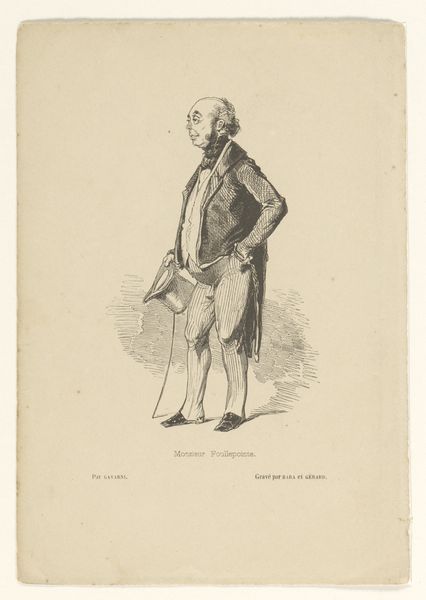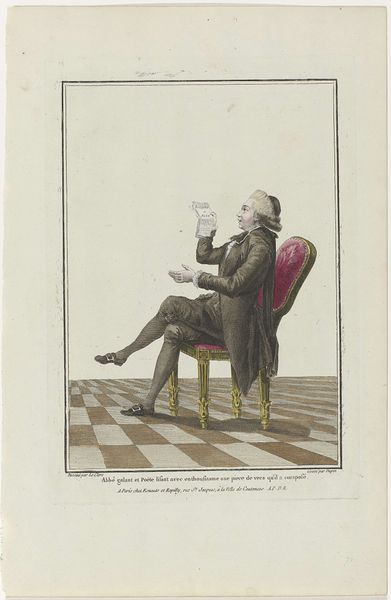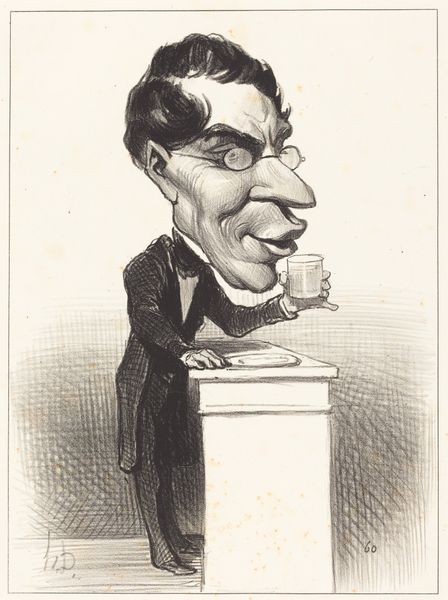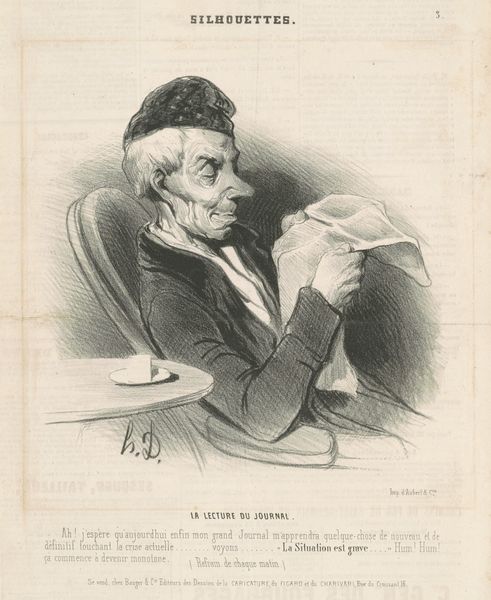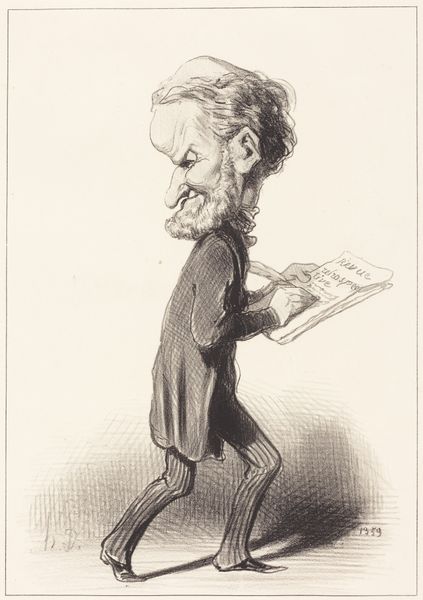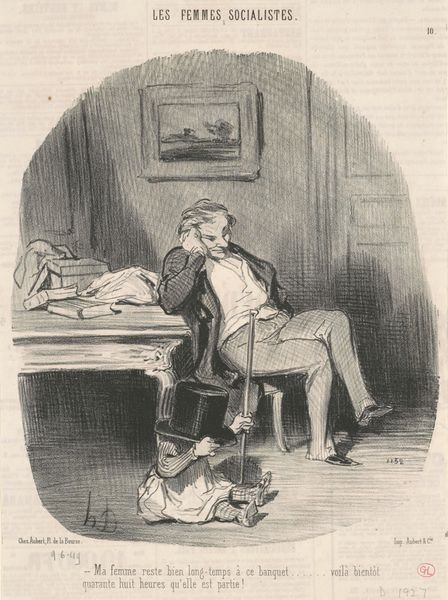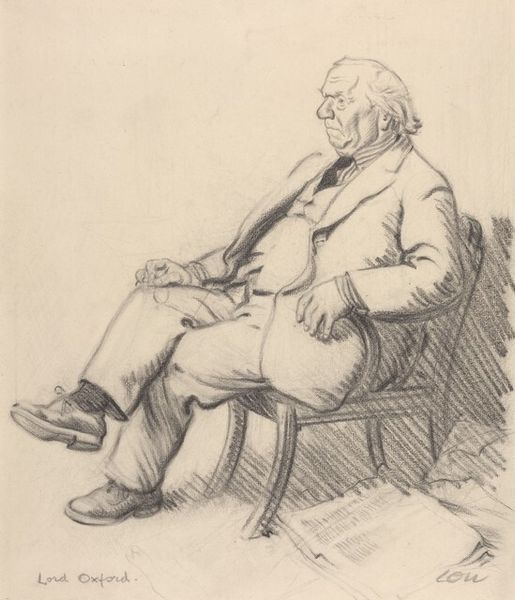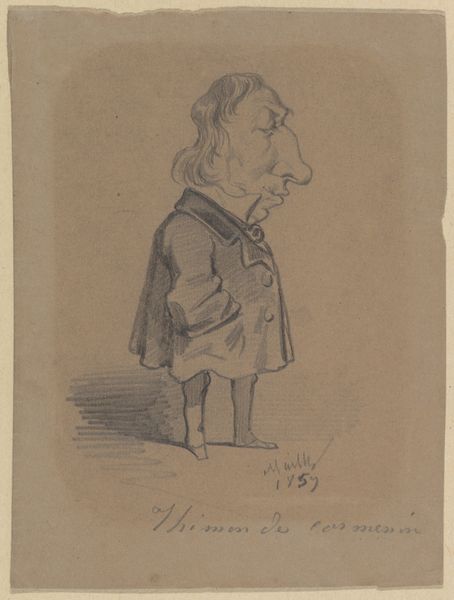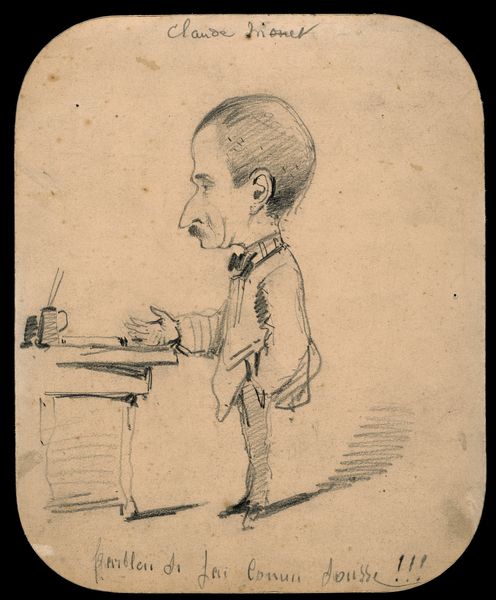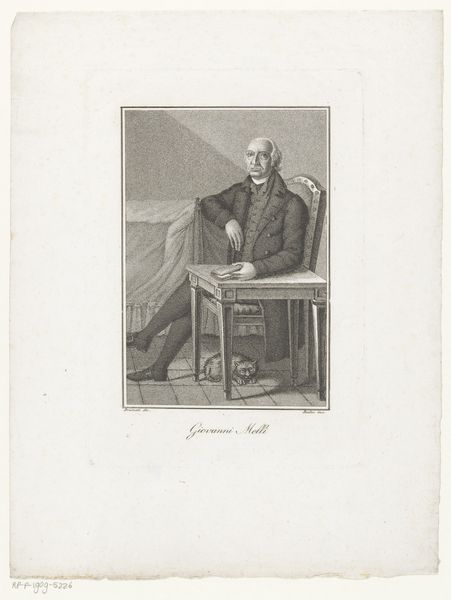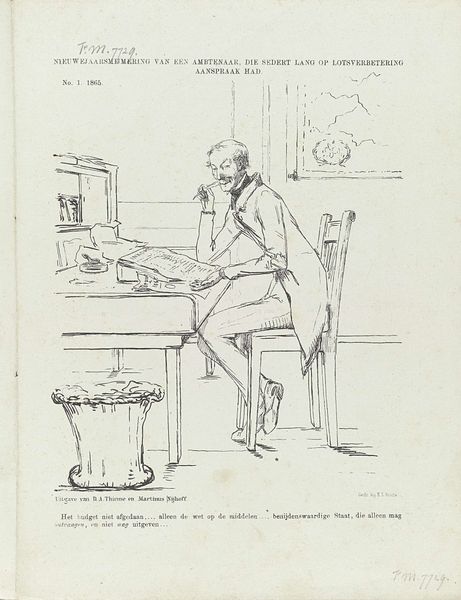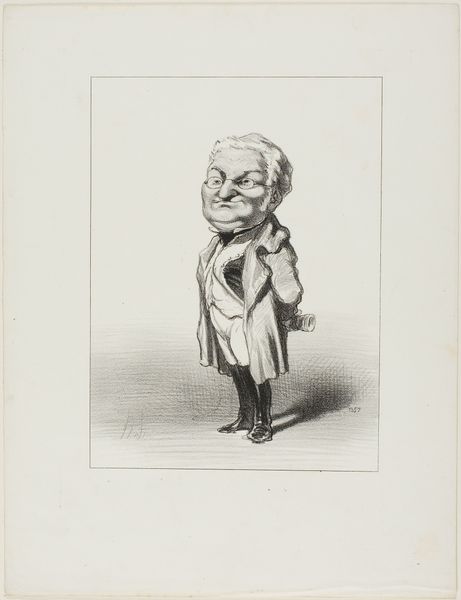
drawing, lithograph, print, pen
#
portrait
#
drawing
#
lithograph
# print
#
caricature
#
pen
#
realism
Copyright: National Gallery of Art: CC0 1.0
Editor: Here we have Honoré Daumier’s lithograph titled "Luneau," created around the 19th century. It seems like a humorous jab at the subject, depicting him with exaggerated features, deeply engrossed in reading a menu. How do you interpret this work in the context of 19th-century French society? Curator: It’s more than just humour, it is political commentary embedded in social critique. Daumier was a master of using caricature to expose the vanity and corruption of the bourgeoisie. Look at the way Luneau is positioned: comfortably seated, intensely focused on the menu while seemingly oblivious to the world around him. This is a pointed commentary on privilege and detachment, typical of the ruling class during that period. Editor: I see, so it’s less about Luneau the individual and more about what he represents? Curator: Exactly! Consider the context. France was in a state of constant political and social upheaval. Daumier used his art as a weapon against injustice. What does his intense study of the menu signify to you? Could it be a commentary on the prioritization of personal pleasures and the shallow values of the elite? Editor: I guess it highlights how out-of-touch the political class was at the time, focused on frivolous things while real problems were being ignored. The stark contrast between Luneau’s appearance and what seems to be plain dining adds to the critique. Curator: Precisely. And notice the inscription "Membre du Parti-Pestel...tel est son principal titre…". This identifies Luneau with a particular political faction, suggesting a link between his social position and political affiliation. Daumier subtly connects personal behavior to systemic issues. How does this influence your perception of the piece? Editor: It makes me think about how visual culture can be a form of resistance and advocacy. By using satire, Daumier was able to make a powerful statement. Curator: Precisely. Recognizing Daumier’s artistry as social commentary urges us to think critically about how power and identity intersect in visual culture even today. Editor: Absolutely! I never would have seen that at first glance, but you’ve shed light on the image’s cultural context and power. Curator: I'm glad I could offer that context and new insight.
Comments
No comments
Be the first to comment and join the conversation on the ultimate creative platform.
